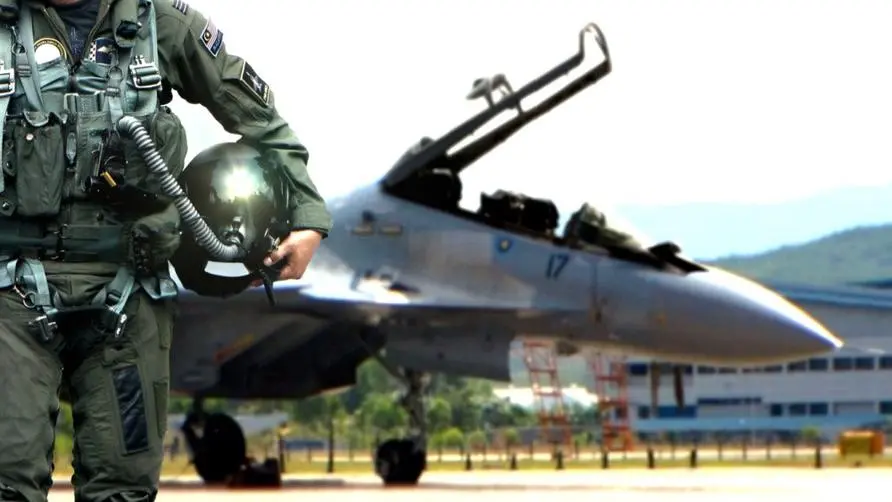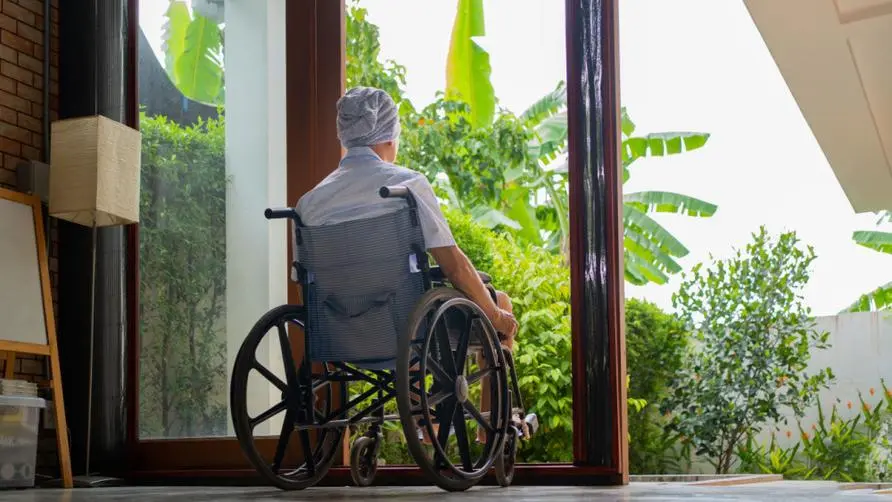The cancer rate is 87% higher! Are pilots and ground handlers high-risk professions? Research reveals 3 key reasons

Military pilots have long been associated with a handsome and dashing image. However, may those who are engaged in aviation-related industries, such as air force officers or ground staff, have a higher risk of cancer than ordinary people? A previous study conducted by the U.S. Air Force found that fighter pilots and their flight crew members were more likely to be diagnosed with cancer than the general population, and this year, a report by the U.S. Department of Defense (Pentagon) revealed confirmed.
Are you more likely to get cancer if you’re a “trapeze artist”? U.S. Air Force study: Increased cancer incidence among pilots
The U.S. Department of Defense collected and analyzed data from 900,000 Air Force service members from 1992 to 2017. The subjects were mostly military aircraft pilots and ground crews serving at military airports. The 1-year results showed that fighter pilots did have a higher cancer risk than non-Air Force personnel:
87% higher chance of developing melanoma.
The chance of developing thyroid cancer is 39% higher.
Men are 16% more likely to develop prostate cancer.
The incidence of breast cancer is 16% higher in women.
Overall, fighter pilots are 24% more likely to develop various cancers.
In addition, analysis results of airport ground staff show that the proportions of brain cancer, nervous system cancer, thyroid cancer, kidney cancer, and breast cancer in this group are 19%, 19%, 15%, 9%, and 7% respectively. The overall incidence of cancer is 3% higher. The good news is that the incidence rates of lung cancer, bladder cancer, and colorectal cancer are lower in both major groups.
Are civil aviation pilots and ground handlers also at risk of cancer? Pentagon: Further research is needed to confirm
The Pentagon pointed out that the study also found that Air Force service members have a higher cancer survival rate than the general population. This may be because service members must undergo regular rigorous physical examinations, military training, which is conducive to early detection of cancer cells, and better physical fitness. The cancer condition will not get worse. According to reports, the actual number of cancer cases among pilots and ground crew may be higher due to gaps in the data.
The Pentagon also stated that since this analysis did not include other cancer risk factors, such as family history, smoking and drinking, whether occupations such as pilots and ground crews are positively related to the occurrence of cancer still needs further exploration. Additional research is needed to confirm whether captains who fly ordinary civil aviation aircraft and ground staff who serve at ordinary civil aviation airports are also at risk of cancer.
Are cosmic rays a key factor in causing cancer? Aerial exposure is 100 times higher than on the ground
The Pentagon stated that the cancer rate among Air Force service members has increased. In addition to their own cancer risk factors such as family history, smoking, and drinking habits, overexposure to cosmic rays may be an important factor. The International Agency for Research on Cancer (IARC) has classified neutron radiation in cosmic rays as a “Group 1 carcinogen”
The Atomic Energy Commission of Taiwan’s Executive Yuan pointed out that the dose rate of cosmic rays will double approximately every 6,000 feet, so aircraft flying at an altitude of 35,000 feet will receive greater intensity from cosmic rays than those near the surface. Surveys in the United States have shown that the radiation dose at the surface and from cosmic rays is 0.06 microsieverts/hour, while at an altitude of 35,000 feet it is 6 microsieverts/hour, which is 100 times higher.
The U.S. Federal Flight Administration recommends that the average effective dose of cosmic rays to aircraft crews within five years is 20 millisieverts per year (1 millisievert = 1000 microsieverts), and should not exceed 50 millisieverts in one year. When a female crew member becomes pregnant, the fetal equivalent dose limit is 1 millisievert, which shall not exceed 0.5 millisieverts within one month. As for ordinary people taking airplanes, since the time is short and the dose of cosmic rays is extremely low, it will not have any impact on the body.
How to avoid cosmic radiation exposure? US CDC lists 3 recommendations to reduce risks
As for specific occupational categories serving the civil aviation industry, such as flight attendants, aircraft captains, etc., do they also have potential cancer risks? According to the analysis of 5,366 flight attendants by Harvard University in the United States, they suffered from melanoma, skin cancer, thyroid cancer, breast cancer, uterine body cancer, cervical cancer, colorectal cancer, stomach cancer, esophageal cancer, liver cancer, and pancreatic cancer. The risk is indeed higher than that of the general public.
In addition to cosmic rays, research also emphasizes that flight attendants are at greater risk of circadian rhythm imbalance due to work requirements; and the air circulation in the cabin is poor, and the chance of long-term exposure to toxic gases (such as engine oil volatiles, second-hand smoke) is also higher high. To this end, the U.S. CDC recommends that aviation workers at risk of exposure can take the following measures to reduce the risk:
Minimize the time you spend working on long-haul flights, flights at high latitudes, or flights over the polar regions.
Calculate your own exposure to cosmic radiation through the FAA’s “CARI” project website.
If you are pregnant or planning to become pregnant and have long-distance flights or work requirements, you should reconsider your work schedule to avoid the effects of radiation on the fetus.
Source:
Air Force Cancer Incidence Study
Dose from cosmic rays in flight - Commission on Atomic Energy, Executive Yuan
Higher cancer rates found in military pilots, ground crews
AIRCREW SAFETY & HEALTH – Cosmic Ionizing Radiation - CDC
Cancer prevalence among flight attendants compared to the general population
Further reading:





